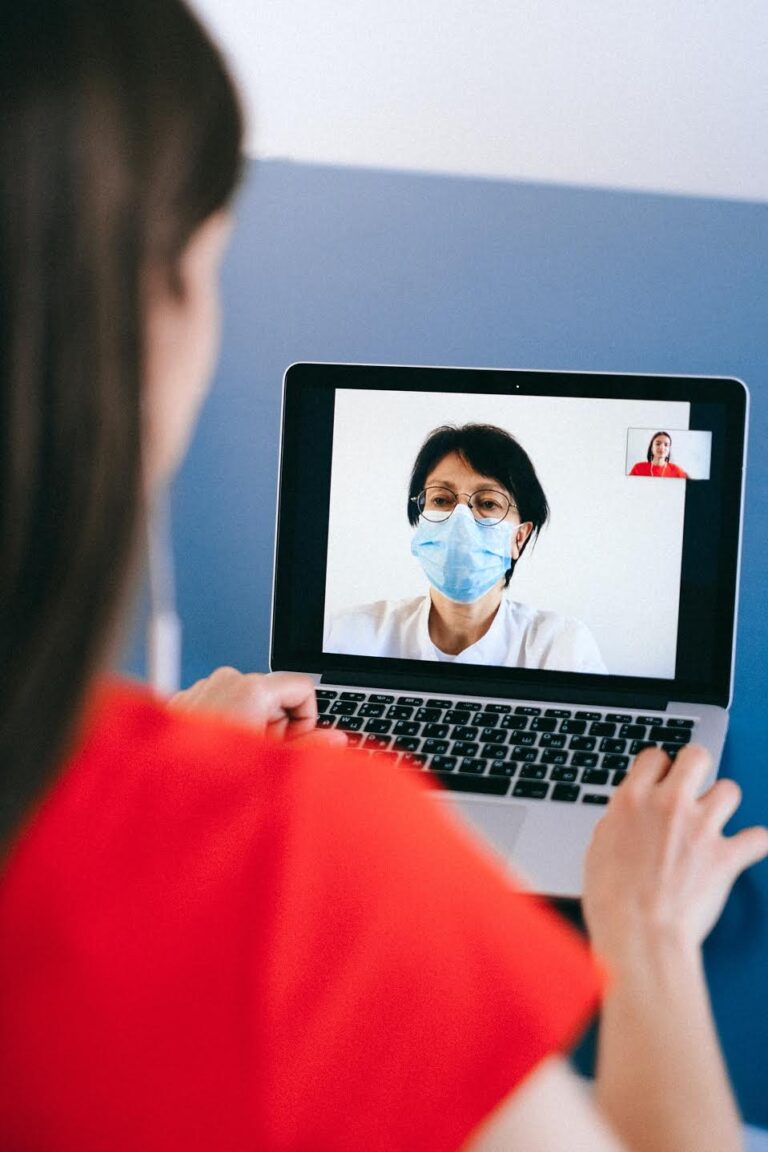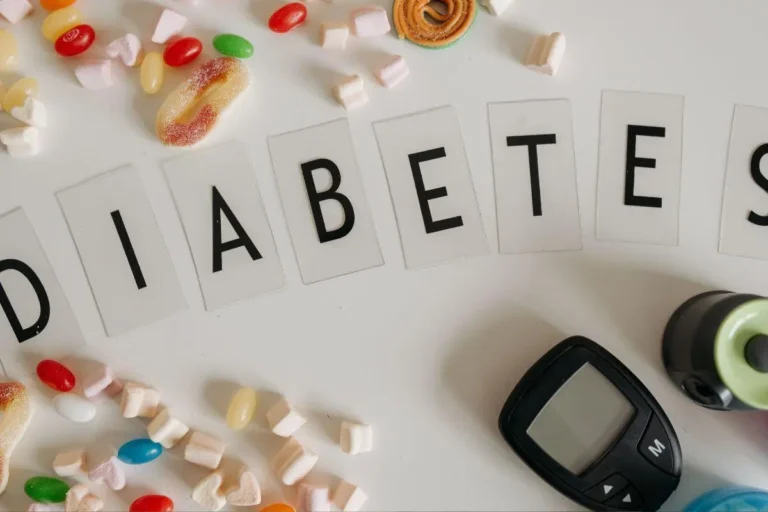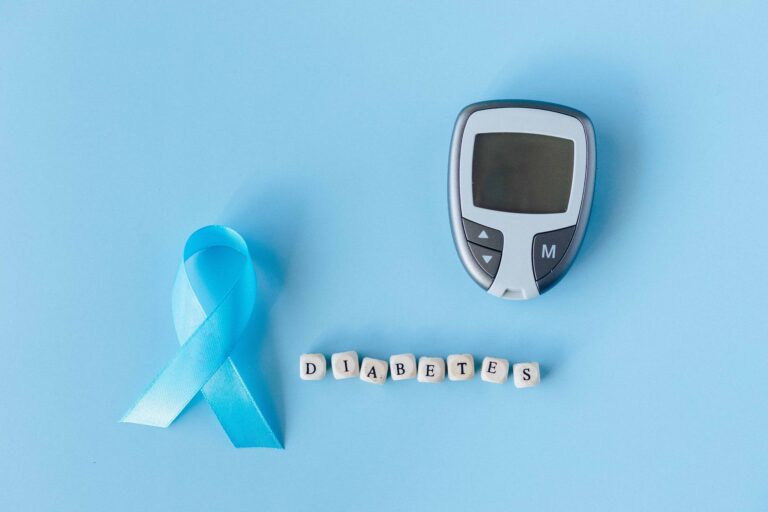Diabetes and Coronavirus: Minimizing Risks
Many people living with diabetes are concerned about heightened risks for contracting the coronavirus, and rightly so. The Centers for Disease Control (CDC) lists diabetes sufferers among the at risk group if the condition is not under control. While every precaution should be taken, there is no way to guarantee you’ll avoid illness.
By working to keep your diabetes under control, you can help to reduce the risk of severe illness associated with this virus. Creating healthy eating habits is the first step to taking back control. By understanding the difference between a good choice and a carb loaded nightmare, as well as portion control, you can create a meal plan that helps to keep you in prime virus fighting condition.
Staying physically active is another way to control your diabetes. Even in these uncertain times, there are ways to get the exercise your body desperately needs to work through the highs and lows of blood sugar. As the world around us shifts to accommodate the pandemic, more options are popping up to be healthy at home.
The Impact of Coronavirus on Diabetes
While new information is constantly being released, the American Diabetes Association (ADA) says that diabetes sufferers are not more likely to end up with the coronavirus than the general public. It’s when diabetes is combined with other medical conditions that the risk becomes higher. For people who struggle to keep their condition under control, fluctuations in blood sugar levels can open the door for a variety of complications as well as make it more difficult to fight off illness.
If someone in your home is battling the coronavirus, it’s important to quarantine them away from others. By following a few simple precautions, you could minimize your risk of getting the virus.
- Allow them a room of their own
- Have only one person care for them
- Be sure to wash hands often
- Wear a mask
- Sanitize frequently
Should you need to seek minor medical attention, request a new prescription, or simply have a checkup, try utilizing telehealth options. Most doctors are now offering these services to allow people to stay home and stay safe. In order to keep your diabetes under control, try following a few simple suggestions.
Making Healthy Food Choices
By understanding what a healthy amount of food is, you can minimize your chances of overeating and filling up on empty carbs or calories which can cause spikes in blood sugar levels. The plate method can help you make the adjustments to smaller portion sizes. Using a 9-inch plate, add non-starch vegetables to half the surface. Split the other half of the plate equally between grains and meat or other proteins.
Meal planning can also help with weight control as well as blood sugar levels. The National Institute of Diabetes and Digestive and Kidney Disease (NIDDK) offers the following recommendations. Non-starch vegetables such as carrots, tomatoes, or peppers are good choices. Try eating mostly whole grains with your meal such as barley, oats, or quinoa. For protein, good choices include lean meats, fish, eggs, skinless chicken and turkey. They also include nuts, certain peas, beans, and tofu.
Fruits and dairy products should be limited due to their natural sugars. Possibilities include apples, bananas, berries, grapes, melons, and oranges. Dairy products such as milk, yogurt, and cheese are good in moderation. Just be sure not to go overboard.
Staying Active
Don’t let inactivity get the better of you. Staying active is a big part of balancing your blood sugar levels. It also helps manage weight, lowers blood pressure, and improves sleep. It’s also credited with better blood flow, improved mood, and may improve memory for older adults.
With many stay home orders in place, people find it difficult to get the regular exercise they need. The NIDDK suggests starting slowly if you haven’t been active. Be sure to check your blood sugar levels before, during, and after exercise to learn how it affects you. Be prepared to treat hypoglycemia if you experience a drop in blood sugar levels.
Options include aerobic exercises such as swimming, riding a bike, or a brisk walk. Strength building is a good way to burn calories, but start small, with light weights or exercise bands to prevent injury. Stretches such as yoga are a low impact way to include light activity. Gardening and lawn care are another good way to get out of the house and up your activity level.
No matter what type of exercise you choose to stay active, be sure to follow social distance requirements. If you go out for a walk or bike ride, the 6-foot rule is important for maintaining good health.
Conclusion:
By eating right and staying active you can lessen your chances of serious illness and contracting the coronavirus.







